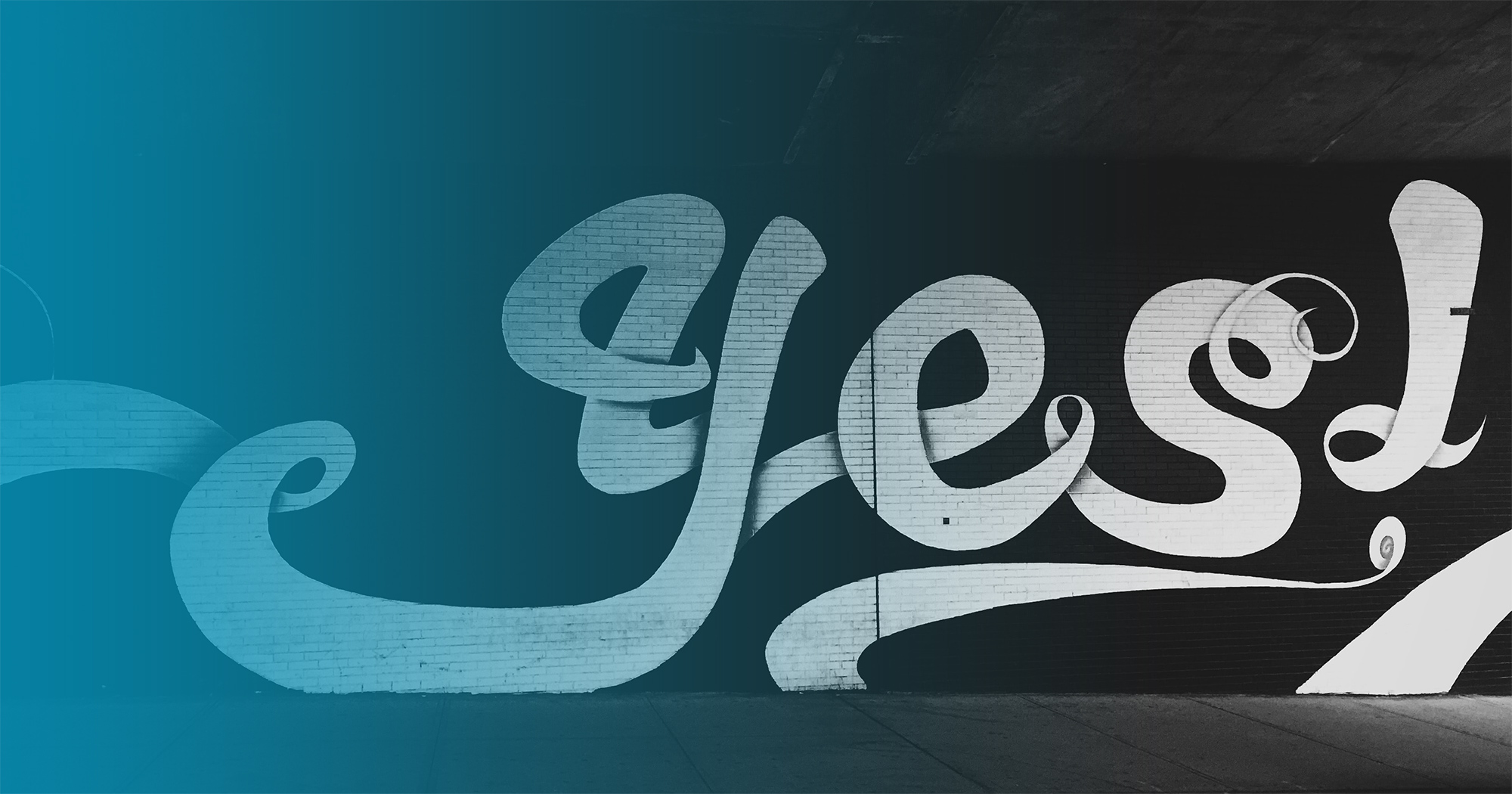Say Yes and … Other Agency Best Practices That Drive Creativity

Posted By Kathy Wilson on May 29, 2019
But what does creativity really mean in our industry? My guess is it means different things to different people. To boot, an Amazon books search on creativity yields more than 50,000 results. Clearly, people have a lot to say on the subject.
Communications is an industry that thrives on inventive thinking, and it’s not just for consumer-facing programs. As advocates for our clients there are certain tenets of creativity we need to always keep in mind: We need to be creative about crafting messages that help differentiate our clients in their markets. We need to be creative about the media strategies we execute. We even need to be creative in how we help clients manage through crisis situations.
In honor of National Creativity Day, May 30, I want to share five best practices that have helped me be a more creative communications practitioner throughout my career.
1. Don't Be Afraid to Improvise
Let’s start with my favorite, which borrows from the golden rule of comedy improv: “Yes, and…” Nothing shuts down creativity faster than someone saying, “No, that won’t work.” This excerpt from Tina Fey’s book, “Bossypants” drives home the point hilariously:
The first rule of improvisation is AGREE. Always agree and SAY YES. When you’re improvising, this means you are required to agree with whatever your partner has created.
The second rule of improvisation is not only to say yes, but YES, AND. You are supposed to agree and then add something of your own. If I start a scene with “I can’t believe it’s so hot in here,” and you just say, “Yeah…” we’re kind of at a standstill. But if I say, “I can’t believe it’s so hot in here,” and you say, “What did you expect? We’re in hell.” Or if I say, “I can’t believe it’s so hot in here,” and you say, “Yes, this can’t be good for the wax figures.” Or if I say, “I can’t believe it’s so hot in here,” and you say, “I told you we shouldn’t have crawled into this dog’s mouth,” now we’re getting somewhere.
Just like improv, creativity is a team sport. Perhaps an idea won’t work in its initial form. But teams always have a huge opportunity to build off even the craziest suggestion to continue the conversation toward that final idea that will make a client say “Wow!”
2. Get All Levels Involved
Creative genius doesn’t always come down from on high (i.e. the most senior person on a team), and it shouldn’t. I’ll say it again: Creativity is a team sport and all experience levels are not only welcome, but essential.
For example, say a client’s audience is primarily Gen Z or millennials. In a situation like this, you certainly want an environment that solicits contributions from younger team members who can relate to those buyers and their needs. Set the ground rules to encourage participation from all.
Hold small brainstorm sessions that pair more experienced counselors with younger staff members so they’re not required to speak up in front of a large group. Or consider an online brainstorm through a shared Google document so everyone can offer their ideas in a safe, judgment-free zone.
3. Look Beyond Your Own Industry for Inspiration
Co-opting news and cultural memes is a great way to make a creative leap. Let’s say you represent a company whose differentiator is speed. Is there a way to look to other fast things (think: NASCAR pit teams or Olympic sprinters) as the basis for an innovative idea that brings a client’s value proposition to life in a memorable way? Think outside of the proverbial box. It isn’t just a best practice, it’s absolutely necessary to find those big ideas that will differentiate a client.
4. Let Brand Values Drive Your Creative Thinking
Creativity needs to be authentic to a client’s brand values and voice. Suddenly acting like Red Bull will confuse buyers if that swagger isn’t a natural part of your brand’s DNA. Keep in mind what your brand stands for and your customer promise when developing creative ideas. Establish set guidelines (i.e. personas) for your business’s voice to help focus creativity in the right direction and keep those brand values top of mind.
5. Make Time for Creativity
Yes, lightning does sometimes strike and you get a big “ah-ha!” moment from out of the blue. But most of the time, creativity doesn’t just happen. It requires quiet time for thinking.
Carve out time in your week to read and reflect. Look at other brands’ communications campaigns (both the successes and the misses) as inspiration. Schedule regular team brainstorms to keep the creative juices flowing and institutionalize the expectation among your staff that clients deserve ongoing, new ideas.
In agency life, creativity not only fuels new results for clients, it keeps the program fresh and interesting for everyone involved. Let’s use National Creativity Day as a point in time to celebrate our industry’s ability to use unique ideas to support business objectives, and recommit to the value of creativity as we head into the second half of 2019.
Want even more social media tips, updates, and creative inspiration? Subscribe to our weekly 60 for Social newsletter below! 

Kathy Wilson
Kathy Wilson is a Co-founder and Managing Partner at Tier One, where she leads the agency's Boston office and serves as a strategic client counselor. She taps her three decades of experience in B2B and B2C technology, digital healthcare, and financial services — including work counseling major brands like SAP, Citrix, Ultimate Software, GHX, and Ally Financial — to help clients meet critical business and marketing objectives. Kathy is a die-hard Red Sox fan and loves nothing better than a summer day at Fenway Park.


